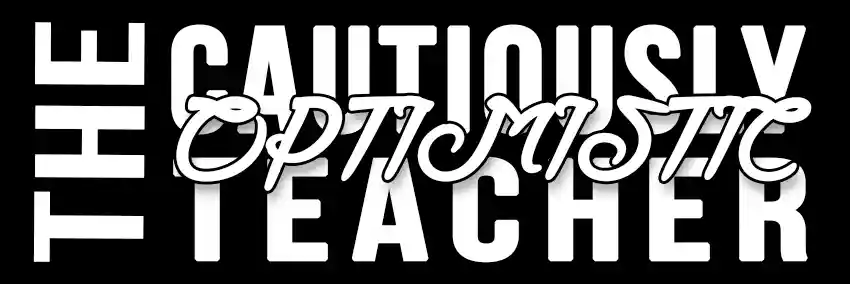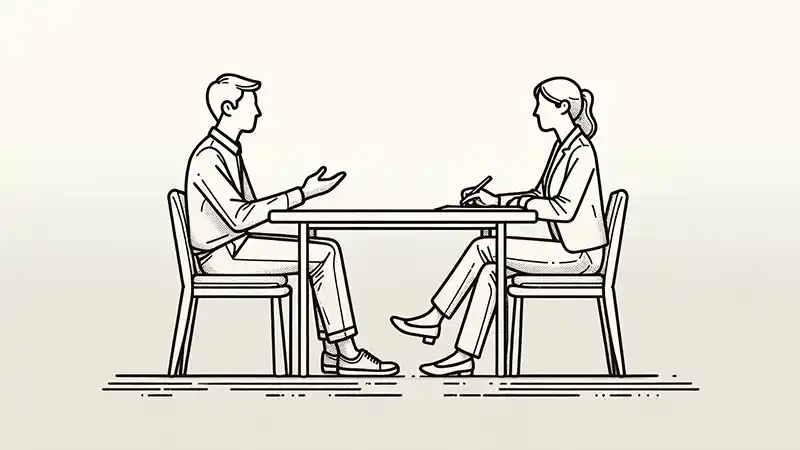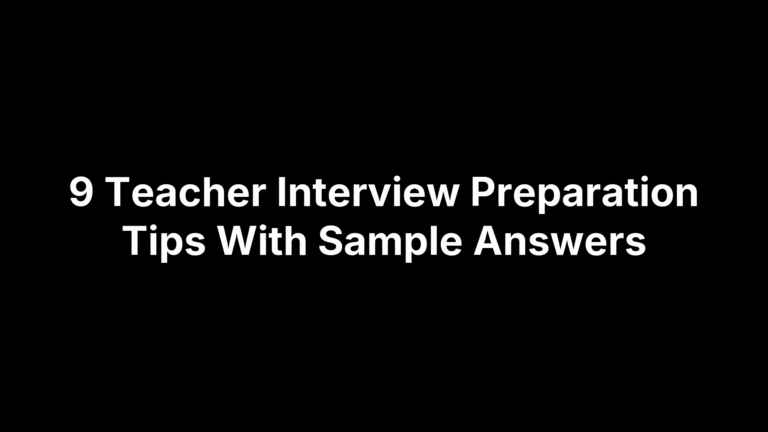Master Teaching Interviews Using the STAR Method
As you embark on the journey towards securing a teaching position, you’ll likely encounter a variety of teaching interviews. One prevalent approach is the use of behavioral interview questions. These questions are designed to delve into your past experiences, seeking to understand how you’ve handled specific situations in your teaching career. The premise is simple yet powerful: past behavior is the best predictor of future performance.
In teaching interviews, these questions are not just a formality but a crucial tool for school administrators to gauge your capabilities, mindset, and fit for their educational environment. How you have managed classroom challenges, collaborated with colleagues, or adapted to changing educational needs offers invaluable insights into your potential as an educator.
This is where the STAR method comes into play. An acronym for Situation, Task, Action, Result, this method provides a structured way to answer behavioral questions effectively and coherently. By using the STAR framework, you can articulate your experiences in a way that is both compelling and reflective of your teaching skills and philosophies. This method ensures that your answers are not only detailed but also directly relevant to the question at hand.
Understanding Behavioral Interview Questions
Behavioral interview questions are inquiries that ask candidates to describe past experiences and how they handled specific situations. These questions often start with prompts like “Tell me about a time when…” or “Give an example of how you…”. The purpose of these questions is twofold. Firstly, they provide interviewers with a glimpse into your practical experience, offering concrete examples of how you apply your knowledge and skills in real-world scenarios. Secondly, they allow interviewers to understand your problem-solving approach, adaptability, and interpersonal skills, which are crucial in the teaching profession.
In teaching interviews, behavioral questions are particularly significant. Teaching is a dynamic profession that requires a blend of knowledge, empathy, adaptability, and problem-solving skills. Whether it’s managing diverse classroom dynamics, adapting lesson plans to meet varied learning needs, or collaborating with parents and colleagues, your ability to navigate these challenges effectively is paramount. Therefore, these questions help interviewers assess whether you have the requisite experience and skills to handle the multifaceted roles of a teacher.
The STAR Method Explained

The STAR method is a structured approach to answering behavioral interview questions, breaking down your response into four clear parts: Situation, Task, Action, Result. This framework helps you present your experiences in a narrative that is easy to follow and highlights your skills and achievements.
Situation: Start by describing the context within which you had to act. This could be a specific event, project, or challenge you faced. For example, in a teaching context, you might describe a situation where you had to handle a particularly disruptive class or integrate a new teaching technology into your lesson plans.
Task: Next, outline the specific task or objective you were responsible for in that situation. This helps interviewers understand your role and the expectations placed upon you. In the classroom scenario, this might involve detailing the strategies you planned to implement to manage classroom behavior or the goals you set for integrating technology.
Action: This is the heart of your response. Describe the specific actions you took to address the task. Be detailed in your explanation, focusing on what you did, how you did it, and why you chose that approach. For instance, you might discuss the behavior management techniques you used or the steps you took to successfully incorporate a new digital tool in your lessons.
Result: Conclude with the results of your actions. This is your chance to showcase the outcomes and impact of your efforts. Highlight any positive outcomes, such as improved student behavior, enhanced engagement with the material, or positive feedback from students and colleagues.
Applying STAR in Teaching Interviews
Applying the STAR method in teaching interviews requires both reflection and practice. Here are some tips for effectively using this method:
Identify Components in Teaching Scenarios: Before the interview, reflect on various experiences in your teaching career. For each scenario, identify the Situation (the context or challenge), the Task (your objective or role), the Actions you took, and the Results achieved. This preparatory step helps you quickly map your experiences to the STAR framework during the interview.
Structure Your Responses: Begin your response by briefly setting the scene (Situation), then quickly move to what you were responsible for (Task). Spend the bulk of your time explaining your Actions, as this is where you demonstrate your skills and decision-making abilities. End with a strong emphasis on the Results, highlighting positive outcomes and learning experiences.
Be Concise and Relevant: While detail is important, avoid getting lost in it. Keep your responses focused and relevant to the question. Aim for clarity and conciseness to maintain the interviewer’s engagement.
Practice with Varied Examples: Prepare several STAR responses based on different aspects of your teaching experience, such as conflict resolution, innovative teaching methods, adapting to change, and teamwork. This variety ensures that you are ready for a wide range of questions and can demonstrate the breadth of your experience and skills.
Crafting Compelling STAR Responses

Creating compelling responses using the STAR method involves thoughtful reflection on your past teaching experiences. Here’s how to prepare impactful STAR responses:
Reflect on Diverse Experiences: Dive into your teaching history and recall a range of experiences, including successes, challenges, and learning moments. This variety ensures your responses cover different aspects of your role as an educator.
Analyze Each Experience: For each experience, dissect the Situation, Task, Action, and Result. Ask yourself questions like: What was the challenge or goal? What actions did I take, and why? What were the outcomes, and what did I learn?
Emphasize Learning and Growth: In your Result section, focus on what you learned from the experience and how it contributed to your growth as a teacher. This could include improved teaching methods, better classroom management, or enhanced student engagement and learning outcomes.
Quantify Results When Possible: Use data or specific examples to quantify your achievements. For instance, mention improved test scores, reduced absenteeism, or positive feedback from students and parents.
Connect to Future Roles: Tailor your responses to align with the requirements of the position you’re interviewing for. Highlight experiences and skills that are directly relevant to the prospective role.
Common Interview Mistakes and How to Avoid Them
While the STAR method is a powerful tool, it’s easy to fall into certain traps. Here are common pitfalls and how to avoid them:
Being Too Vague: Avoid generic responses. Be specific about your actions and their impact. Use concrete examples and details to bring your story to life.
Over-Focusing on the Situation: While setting the scene is important, don’t spend too much time on it. Keep the Situation brief and devote more time to your Actions and Results.
Neglecting the Result: Always conclude with the outcome of your actions. This demonstrates the effectiveness of your approach and your ability to achieve results.
Not Practicing Enough: Unpracticed responses can lead to rambling or missing key elements of the STAR format. Practice your responses to ensure they are well-structured and concise.
Failing to Tailor Responses: Customize your responses to align with the specific school or role you’re applying for. Highlight experiences that showcase skills and qualities the employer is seeking.
By avoiding these mistakes and focusing on clear, detailed, and relevant responses, you can effectively use the STAR method to convey your suitability for the teaching position. This approach not only demonstrates your competencies but also showcases your reflective nature and commitment to continual growth as an educator.
Beyond STAR – Showcasing Your Teaching Philosophy

Integrating your teaching philosophy and values into your STAR responses is essential for demonstrating not just your competence, but also your fit for a school’s culture and ethos. Here’s how you can achieve this:
Identify Core Aspects of Your Philosophy: Reflect on what you believe are the most important aspects of teaching. This might include student-centered learning, inclusivity, collaborative learning, or fostering critical thinking.
Incorporate Philosophy into Actions: When detailing the Action part of your STAR response, explain how your actions were influenced by your teaching philosophy. For example, if you value inclusive education, describe how you adapted a lesson plan to cater to diverse learning needs.
Align with the School’s Values: Research the school’s mission, vision, and teaching approach. Tailor your responses to demonstrate how your teaching style and philosophy align with their values. For instance, if a school emphasizes technology in education, highlight experiences where you effectively integrated technology into your teaching.
Demonstrate Impact on Students: In the Result section, link the outcomes of your actions to the positive impact on your students, reflecting your teaching philosophy. For example, you might discuss how your collaborative teaching approach led to increased student engagement and teamwork skills.
Conclusion
The STAR method is an invaluable tool in the arsenal of any educator seeking a new position. It offers a structured yet flexible framework to narratively present your experiences, skills, and accomplishments in a compelling and organized manner. More than just a technique for answering interview questions, the STAR method allows you to weave in your teaching philosophy and values, showcasing not just what you did, but why you did it and the impact it had.
Remember, each STAR response is an opportunity to bring your teaching experiences to life and to demonstrate your suitability for the role. Therefore, take the time to practice and personalize your STAR responses. Reflect on your past experiences, think critically about your actions and their outcomes, and consider how they align with your teaching philosophy and the ethos of the schools you’re applying to.







